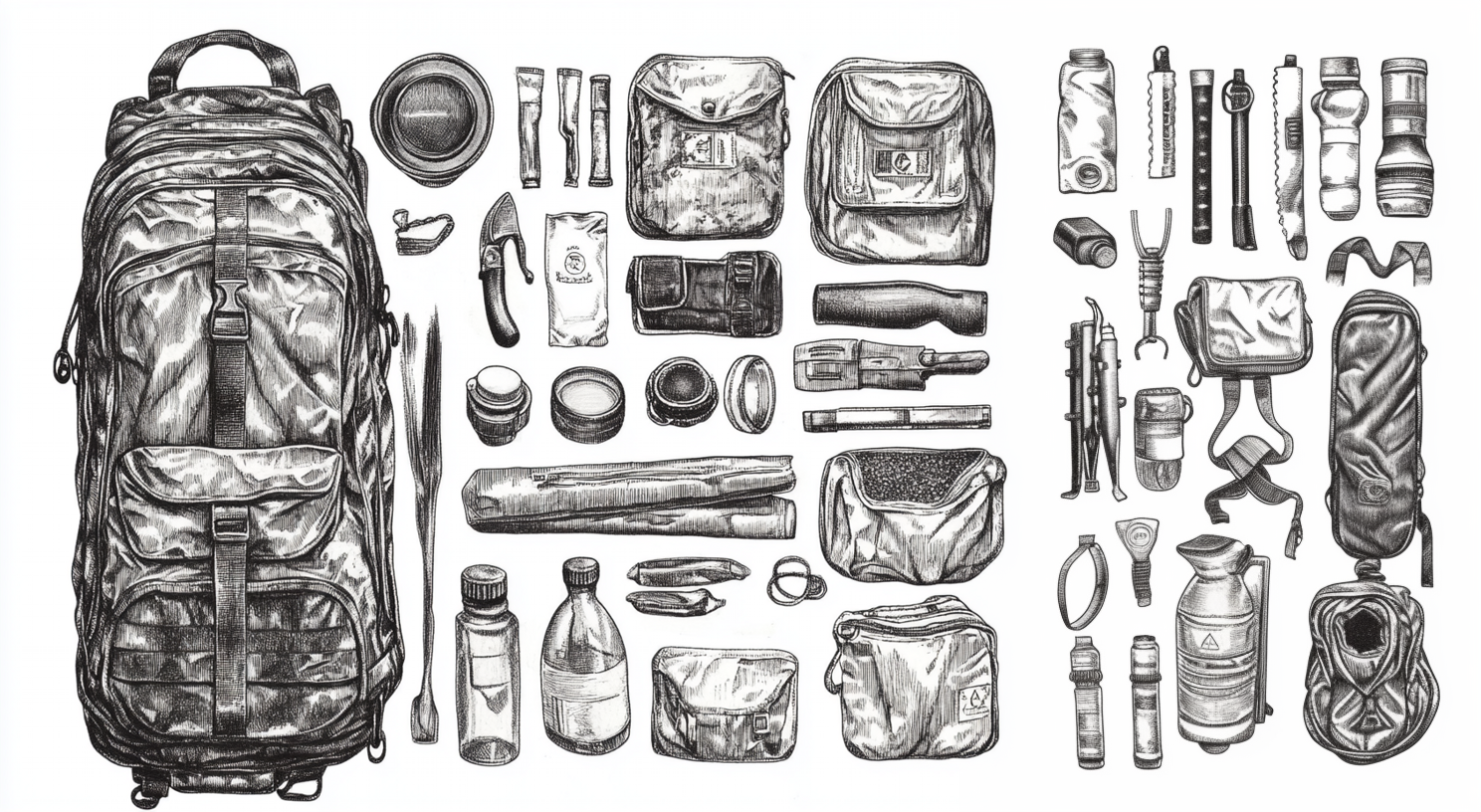
Essential Items Often Forgotten in Bug Out Bags
When disaster strikes, your bug out bag becomes your lifeline. While most preppers remember the basics like water, food, and first aid supplies, there are several critical items that often get overlooked. Through years of emergency response experience and real-world testing, I've identified five crucial items that could make the difference between comfort and catastrophe: heavy-duty zip ties, a small bottle of unscented bleach, waterproof paper, spare prescription medications, and a physical map of your local area.
Zip ties might seem simple, but their versatility is unmatched. From securing shelter materials to emergency equipment repairs, I've used them in countless situations. The unscented bleach serves multiple purposes: water purification, sanitation, and even medical sterilization when properly diluted. One small bottle can treat hundreds of gallons of water, making it one of the most weight-efficient items you can carry.
Waterproof paper and a pencil are crucial for leaving messages, marking trails, or documenting important information in wet conditions. During a recent wilderness training exercise, our electronic devices failed after heavy rain, but the waterproof notepad allowed us to maintain critical communications between team members. As for medications, many people forget to rotate their prescription meds or don't pack enough. A 30-day supply of any essential medications could be lifesaving.
Finally, local paper maps are invaluable when electronics fail or batteries die. Cell networks often go down during emergencies, making GPS unreliable. During the 2023 wildfires, I witnessed several evacuees get lost following their phones, while those with physical maps found alternative routes efficiently. Store your maps in a waterproof container and mark important locations like water sources, safe houses, and evacuation routes.
